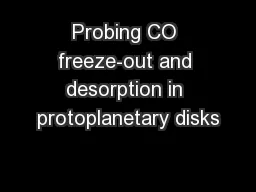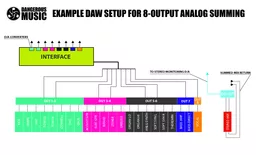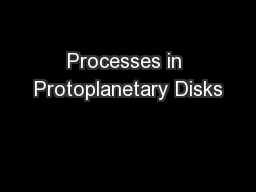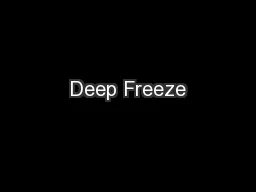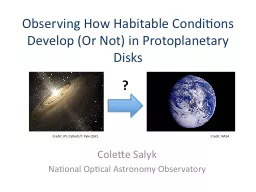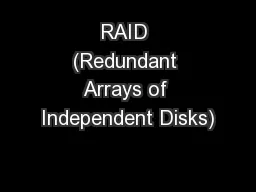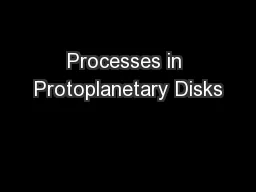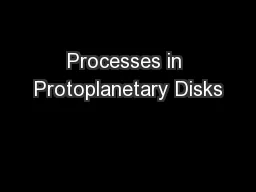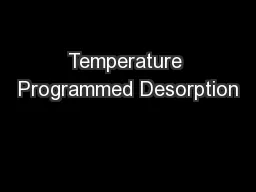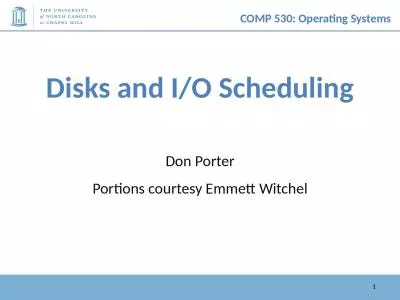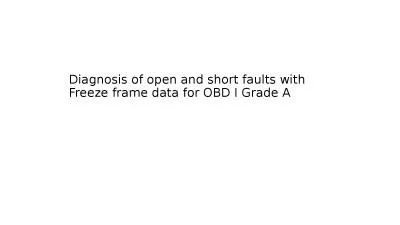PPT-Probing CO freeze-out and desorption in protoplanetary disks
Author : alida-meadow | Published Date : 2018-02-25
Chunhua Qi HarvardSmithsonian CfA Qi et al 2008 Qi et al in prep Image credit Bill Saxton NRAO Star Formation Stages Sketch of the physical and chemical structure
Presentation Embed Code
Download Presentation
Download Presentation The PPT/PDF document "Probing CO freeze-out and desorption in ..." is the property of its rightful owner. Permission is granted to download and print the materials on this website for personal, non-commercial use only, and to display it on your personal computer provided you do not modify the materials and that you retain all copyright notices contained in the materials. By downloading content from our website, you accept the terms of this agreement.
Probing CO freeze-out and desorption in protoplanetary disks: Transcript
Download Rules Of Document
"Probing CO freeze-out and desorption in protoplanetary disks"The content belongs to its owner. You may download and print it for personal use, without modification, and keep all copyright notices. By downloading, you agree to these terms.
Related Documents

